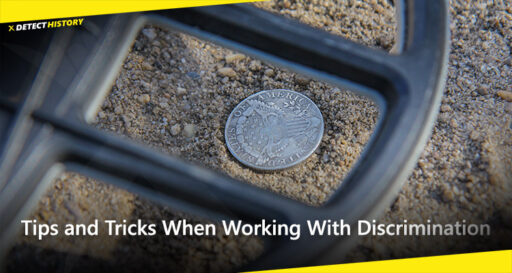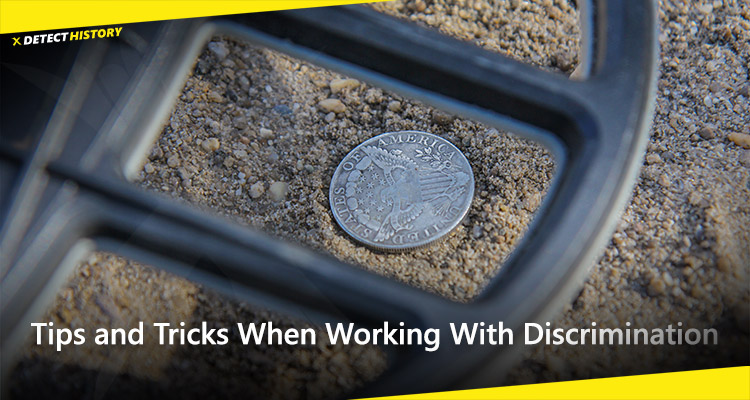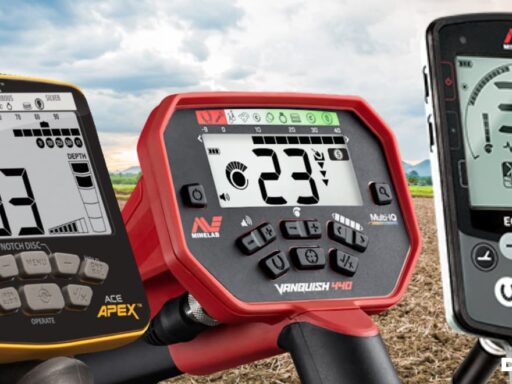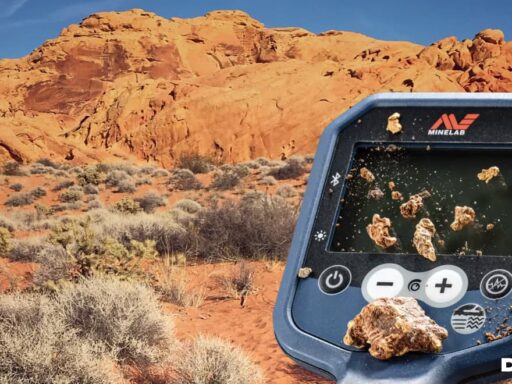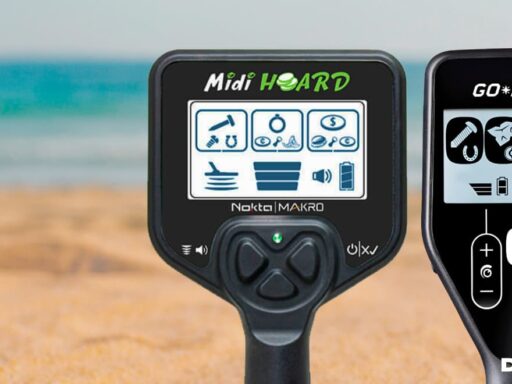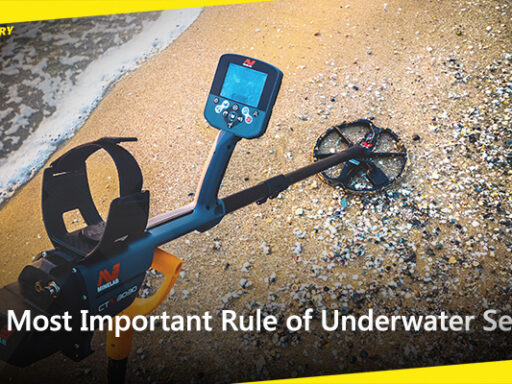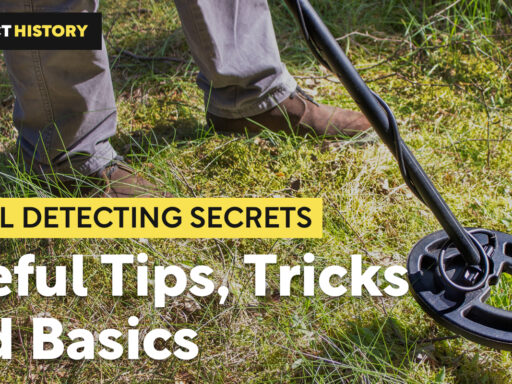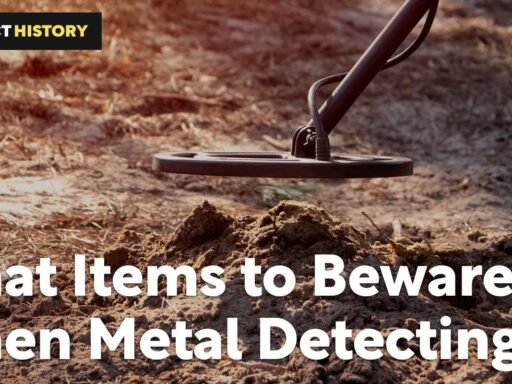The point of metal detecting is in spotting ore targets of certain value, be it financial value, cultural, or historical. However, besides those hidden treasures, there are tons of various metal objects in the ground under our feet. When you search in All Metal mode, the metal detector reacts to all objects that have ore in them. However, this is efficient only on very clean locations; otherwise, the machine will give signals for every bottle cap.
To avoid unnecessary digging, and to spot more valuable finds, metal detectors are equipped with Discrimination feature. Discrimination allows to differentiate between objects made of different metals, and as a result, the user can choose what segment of objects is of interest to him/her. Almost all modern metal detectors are equipped with the feature of Discrimination.
Metals Discrimination When Metal Detecting
Correct tuning of Discrimination is one of the most important processes, and can play a decisive role in search. It can also be decisive when the user determines whether they want to dig the target out.
Some detectors give out discrimination indications via signals, so one is able to recognize it by ear. Yet, the majority of modern machines support visual selectivity, shown on the screen as a scale of segments. When a potential target is spotted, the machine shows the segment of ore type, and shows a potential type of find, for example, a coin. This is extremely helpful and enables the user to save time and energy, especially on trashy or big locations.
Selective
In many machines, it is possible to immediately indicate the level of discrimination that will determine exactly what objects the metal detector will signal about. Such selectivity enables the treasure hunter to choose what objects to ignore. One can choose to ignore certain metals, and give signal only about other valuable ones. However, to be honest, this option is good only for expert level detectorists who also applies other technologies. Otherwise, newbie user can ignore a ton of valuable objects.
Two-Dimensional
Two-dimensional discrimination is a more advanced and more helpful feature. It analyzes the object in two aspects – the content of ferrous metals, and conductivity. Such combination enables the seeker to spot really valuable objects. For example, Minelab Metal Detectors applies this technology for its machines. In addition to providing highly productive search, their machines also react quickly and give out results in the form of digits. Such technology increases the chances of finding worthy targets, and avoiding the trash.
Conclusion
Despite the fact that the feature if Discrimination seems to be a perfect tool for avoiding trash and searching only for worthy targets, one has to be careful when using it. When the scope of allowed objects is too narrow, the risk of missing something valuable is high. Moreover, the narrower the selectivity, the slower the machine processes the data, and it may lack time to react properly to every object. If the detectorists swings quickly with the coil, even such objects like coin can signal as ferrous trash. So setting narrow target scope discrimination makes little sense.
Some treasure hunters state that even in the discrimination mode a machine can react to ferrous objects. However, to interpret the signal clearly, one has to put the coil directly above the location of the target, and give coil time to analyze the find. Moreover, some ferrous objects that have long been in the dirt create a so-called “halo” around themselves, and this halo is seen even in the selectivity mode. You can recognize object giving halo effect only after digging it out, but don’t be annoyed, as there is a high chance of spotting some historically valuable things.
